Daniel Schmidt’s toured and travelled throughout his life. He races mountain bikes, climbs, surfs, sails, nordic skis… and he runs Ramble Bikepacking, a guiding business in Vermont.

Daniel’s also enjoyed two trips to Oaxaca over the last couple of years, riding from the high sierras at 3250m down to the balmy coast (and lots in between), so he knows the area well – and understands the vagaries of dirt road riding here.
I like Daniel’s bikepacking setup because while it isn’t fanatically light, it does feel lean and ‘to the point’. It’s honed over time and miles. And it’s a mix of old and new.
Here’s what he carried for his most recent Oaxacan tour – a collage of riding the San Jose GDT and dropping down to Puerto Escondido to surf. I think it’s a really good blueprint for planning your own setup, especially if you’re a solo rider who likes to travel relatively light and cover reasonable miles.
Any changes? Nothing in terms of what he carried. He did mention that a smaller chainring would have been welcome, and that larger volume, burlier tyres (Maxxis Ikons, maybe?) would have been better suited to singletrack escapades and some of the more corrugated dirt roads.
Daniel’s Salsa El Mariachi shod with 2.35in Vittoria Mezcals. If you aspire to cover quick miles but still enjoy an evening read and a morning brew, his packlist seems on point.
Wearables
- 2 pairs of socks (wool, Vermont-made Darn Tough)
- Bike shoes
- Luna sandals (very packable)
- Bike shorts with chamois (Pearl Izumi Expedition Bib, lots of useful pockets)
- Running shorts (for running or lounging)
- Lightweight tights
- T-shirt
- Long sleeve lightweight wool shirt
- Long sleeve lightweight sun shirt
- Midweight hoodie (LL Bean airlight)
- Rain jacketHoudini jacket
- Lightweight gloves
- Helmet
- Sunglasses
- Salomon running vest – ADV skin 5
Camp
- 1 person tent (Mountain Hardware Nimbus UL 1)
- Sleeping bag (Nemo quilt, 32f/0c but 5 years old, so more like 45f/7c)
- Sleeping pad (Thermarest Neoair uberlite 3/4 length)
EAT
- Alcohol stove (Evernew ti)
- Pot (Toaks ti)
- Spork (ti too!)
- Small Swiss Army knife
- Bottle of alcohol
- Lighter
- Spare 2.5 liter bladder
- 1.5 liter bladder in the vest
Fix
- Repair kit
- Chair lube
- Spare tube
- Bottle of sealant
- Pump
ELECTRONICS
- Kindle
- Phone
- Ear buds
- 8000 mAh battery charger
- Garmin 530 GPS
- Headlamp
- Watch
- Charging cables
- Wall charger
Toiletries
- Toothbrush
- Toothpaste
- Contacts/solution
- Floss (!)
- Face moisturizer (It’s soooo dry here)
- Sunscreen
- Chamois butter
- Hand sani
- Ear plugs
Misc
- Notebook (Field Notes)
- Pen
- Cord (ultralight – 12 feet)
- Water filter (MSR trailshot, used a couple of times, nice as backup)
- Med kit
- Bandana (Bikepacking.com branded!)
Bike wearables
- Frame bag – Revelate Ranger
- Anything Bags – Salsa
- Handlebar harness – Vermont-made Cruddy Pockets
- Seat bag – Rockgeist Foxglove
- Top tube bag – Revelate Jerrycan
- Feed bag – Nuclear Sunrise
Loading up the Cruddy Pockets harness.
On a day ride to San Felipe Tejalapam.
Wondering about that H2O vest? I was too. Although I’m not a fan of having anything on my back, I’ve seen them cross over from the ultrarunning community, and they’re really popular for trail running. Daniel’s is by Salomon, and I see that Apidura does a ‘bikepacking’ one too. From Daniel:
This was my first time touring with a running vest and I loved it. I originally bought the vest for long runs but it quickly became my go-to for long mountain and gravel rides and races. I’ve always found hydration backpacks to be uncomfortable and a little too bouncy on singletrack. The running vest has a more glove-like fit and 99% of the time I completely forget that it’s there.
My main motivation for wearing the vest was to try to reduce my use of plastic water bottles. In Mexico, potable water that doesn’t involve a single-use plastic bottle can sometimes be hard to find. Ideally, one can get drinking water from a garrafon, spring, or mountain stream but this isn’t always possible. On our previous trip to Oaxaca, I ended up buying a fair amount of bottled water and, this time around, I was determined not to. The combination of a 2.5 liter bladder in my frame bag and 1.5 liters on my back meant that, when I did find that garrafon or mountain spring, I could load up on 4 liters of water and significantly reduce the chances of needing to purchase bottled water.
Other benefits include lots of pockets for stashing phone, money, sunglasses, lip balm, and other bits and pieces. The vest also has a very expandable back pocket, which I would load with bananas, cup of noodle soup, and mandarin oranges before riding out to a remote camp spot. It added a degree of versatility to my paired-down kit and gave me enough extra space to feel well fed and well hydrated during the more remote parts of my trip.
If I was traveling somewhere equally dry but with easier access to water, like Spain, I likely wouldn’t choose to bring the vest. But in Mexico, I was happy to have it. The “packing” part of bikepacking can sometimes feel finicky and I appreciated the vest as a simple piece of gear that anyone could bring on a tour without having to modify their bike.

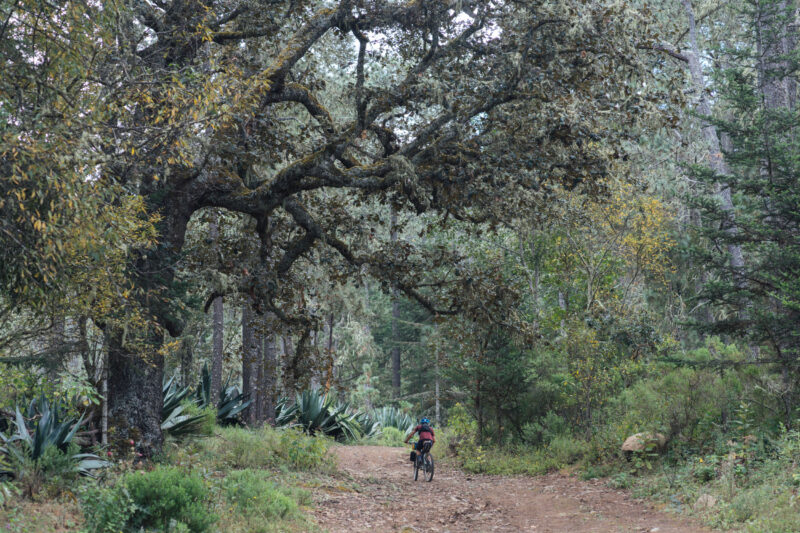
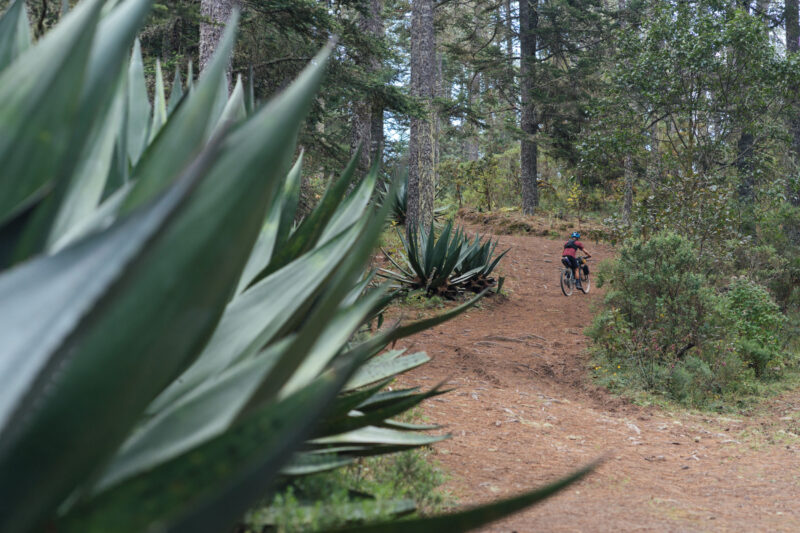

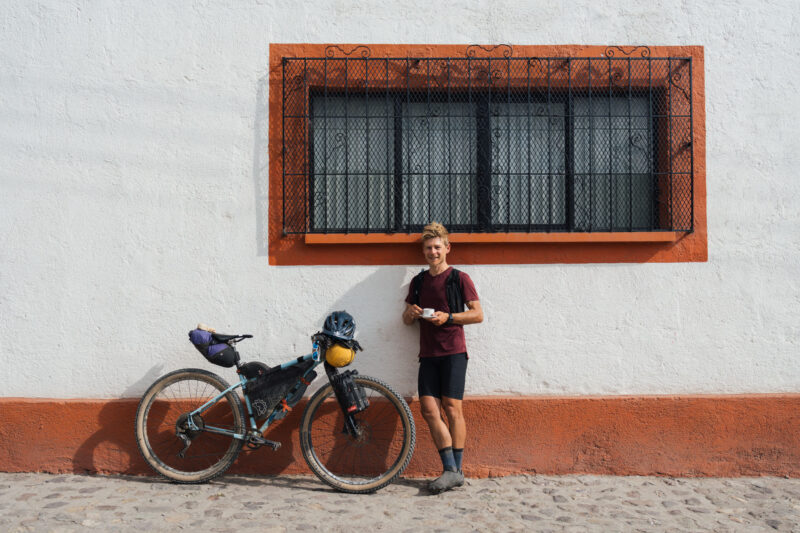

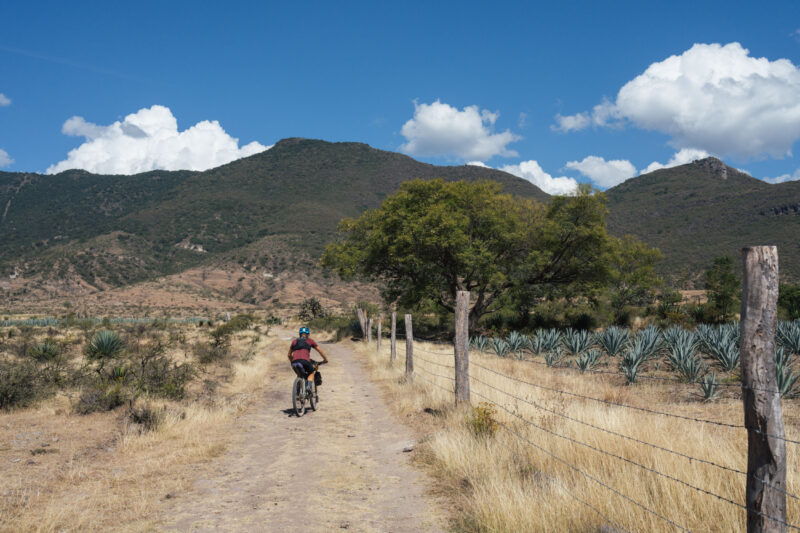





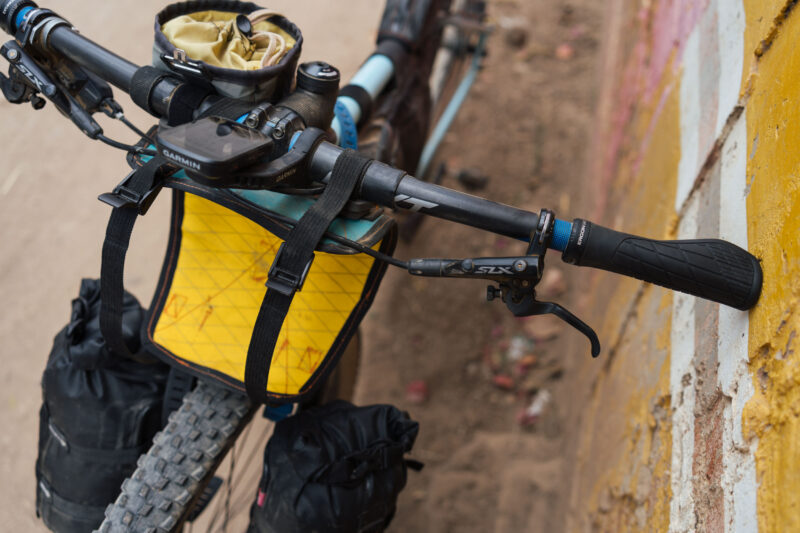



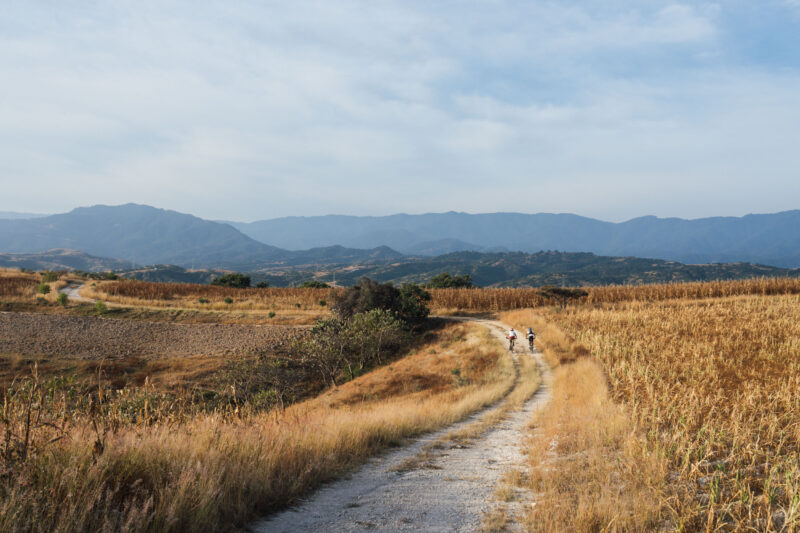

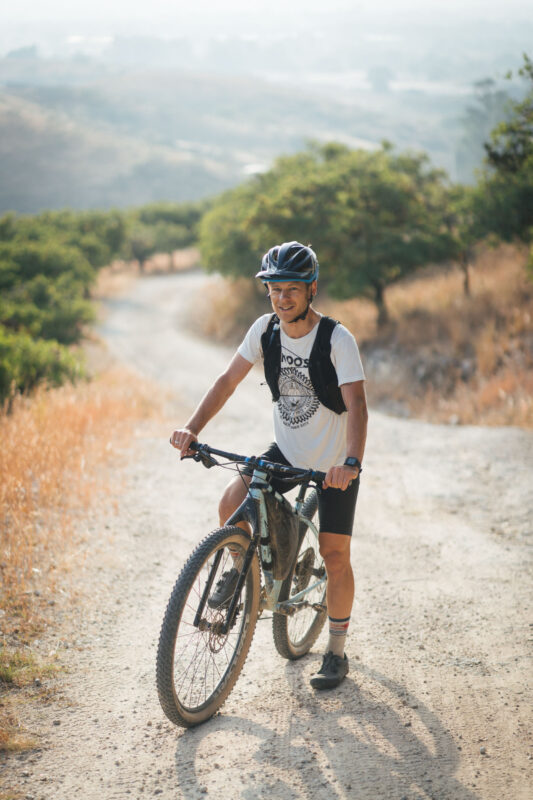
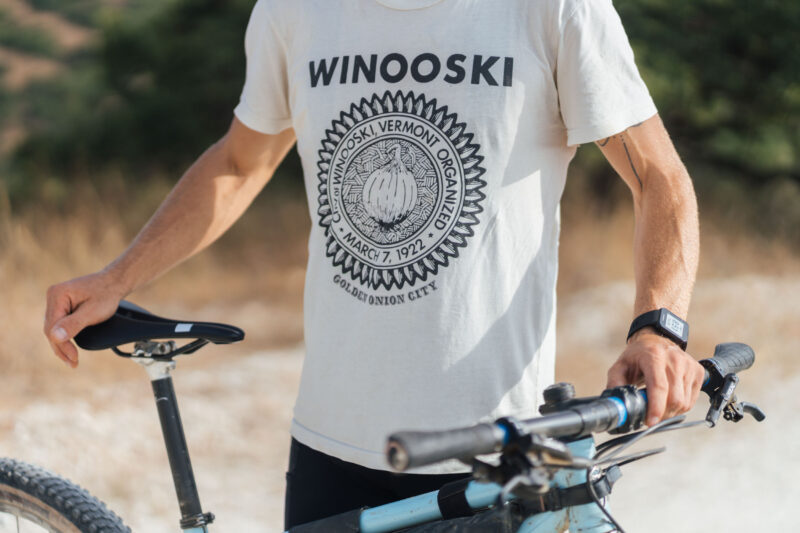
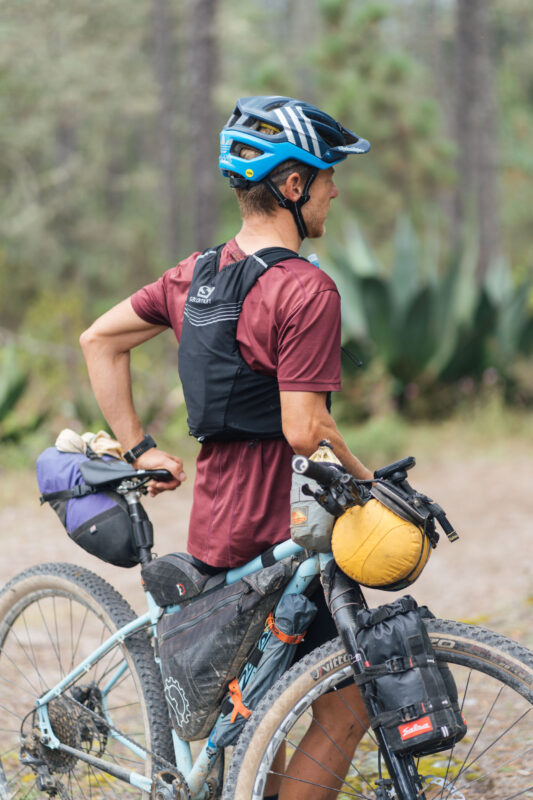



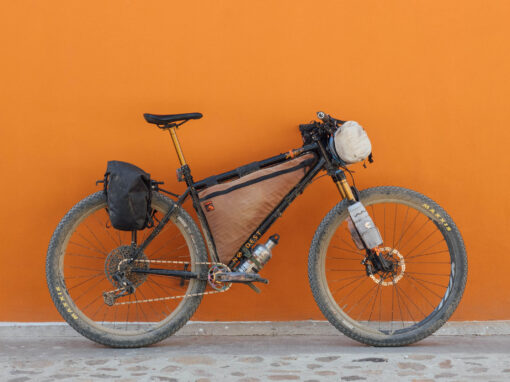
Pingback